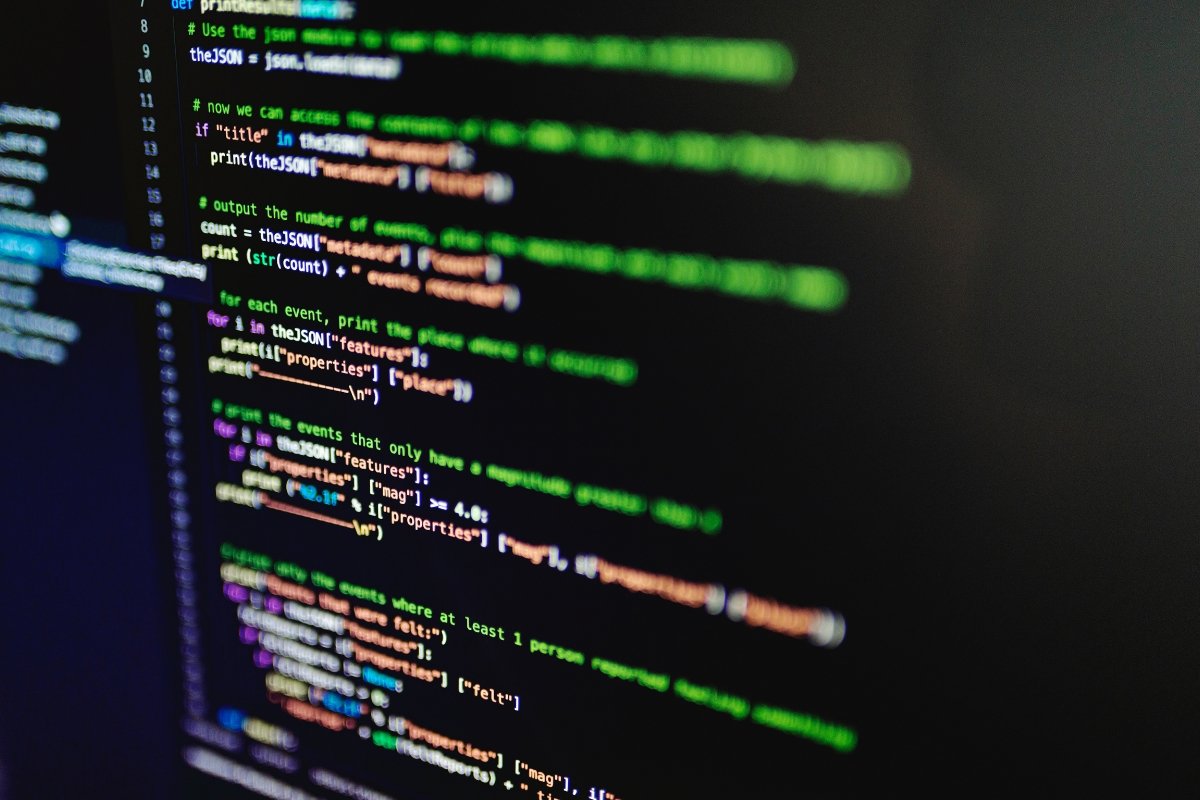Hey there! If you are wondering what NLP really is, you are not alone. In simple words, NLP stands for Natural Language Processing. It’s a fancy way of saying that computers are learning to read, understand, and even talk back to us using human languages like English, Spanish, or even slang you might use around the corner store.
You see, while you and I can easily chat in plain words, machines only understand binary ones and zeros. That’s where NLP steps in. It bridges the gap between human talk and machine language.
Table of Contents
Why Do We Need NLP?
Picture this Every day, millions of messages, feedback, and chats float around online. That’s a mountain of data pure gold if you know how to use it.
Companies use NLP to dig deep into these conversations to:
- Understand customer feelings (called sentiment analysis)
- Automate tasks like replying to customer reviews
- Translate text from English to French (and vice-versa)
- Detect hate speech or abusive language
And honestly, without NLP, machines would stay clueless about everything we say or write.
Read More Comprehensive Guide to Text Classification in NLP 2025
Breaking Down the NLP Pipeline
Let’s break it down step-by-step, just like building a sandwich.
Each step in the NLP process makes text easier for machines to understand.
Segmentation
First up, segmentation.
Imagine you have written a long text. We first need to split it into smaller parts like cutting up a loaf of bread.
For example:
“The lemonade quenched her thirst, but not her longing.”
Becomes two sentences:
- “The lemonade quenched her thirst.”
- “But not her longing.”
This step keeps the meaning intact without overwhelming the machine.
Tokenization
After segmenting, we go into tokenization chopping those sentences down into individual words (called tokens).
From:
“The lemonade quenched her thirst.”
We get:
- the
- lemonade
- quenched
- her
- thirst
Pretty neat, right? Now machines can analyze every single word!
Stemming
Next up: stemming.
Here, you snip off parts of words to get the base form (stem).
Example:
- Jumping ➔ Jump
- Jumps ➔ Jump
So no matter if you say “jumped” or “jumping,” the computer knows you’re still talking about “jump.”
Lemmatization
Lemmatization is kinda like stemming but smarter.
It does not just chop words randomly it finds the correct root word that you’d find in a dictionary.
Example:
- Went ➔ Go
- Gone ➔ Go
This step uses resources like WordNet to stay accurate.
Part of Speech Tagging
Imagine trying to figure out what “answer” means in different sentences. It could be a noun or a verb depending on the context.
That’s why Part of Speech (POS) tagging is important.
It helps the computer know whether “lemonade” is a noun, “quenched” is a verb, and “her” is a pronoun.
Named Entity Recognition
Finally, we do Named Entity Recognition (NER).
It’s all about spotting important names and facts, like:
- People (e.g., Elon Musk)
- Places (e.g., New York)
- Organizations (e.g., NASA)
- Money amounts (e.g., $100)
This helps businesses pull out critical information from messy data fast.
Real World Applications of NLP
You might not realize it, but NLP is everywhere in your daily life. Let me give you some quick examples:
Chatbots
Whenever you get help from a customer service chatbot, that’s NLP doing its magic.
Even WhatsApp bots that answer your questions use NLP to feel less robotic.
Speech Recognition
Have you ever said, “Hey Siri, where’s the nearest Starbucks?”
Well, NLP is working behind the scenes to convert your speech into text and understand your request.
Virtual assistants like Alexa, Siri, and Google Assistant rely heavily on NLP.
Read More How to Become an NLP Engineer in 2025 | Your Step-by-Step Guide to a High-Demand Career
Autocorrect and Spell Check
Yep, even when your iPhone fixes “teh” to “the,” it’s NLP at work.
Apps like Grammarly or Reverso also use NLP to:
- Check your grammar
- Suggest better words
- Improve your writing style
FAQs About Natural Language Processing
Q. Is NLP easy for beginners to learn?
Ans. Absolutely! If you can spare a few minutes a day, you can pick up the basics in no time. Start with simple tutorials.
Q. What’s the difference between NLP and AI?
Ans. NLP is a branch of AI that focuses only on understanding human language, while AI is the big umbrella that includes robotics, vision, and more.
Q. Can I build my own chatbot using NLP?
Ans. Yes! Tools like Dialog flow, Rasa, and Wit.ai make it super beginner-friendly to start.
Q. Where can I use NLP skills?
Ans. Tech companies, marketing agencies, customer service platforms honestly, almost every modern business needs NLP now.
Conclusion
And you want to build a chatbot, create smarter apps, or just nerd out over AI, learning NLP is a skill you won’t regret.




